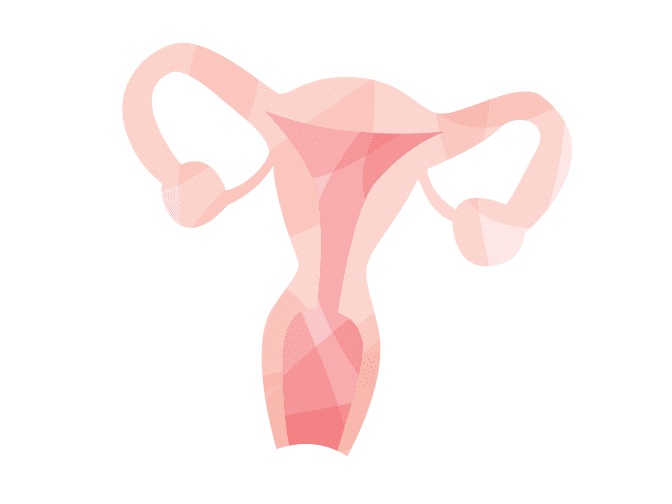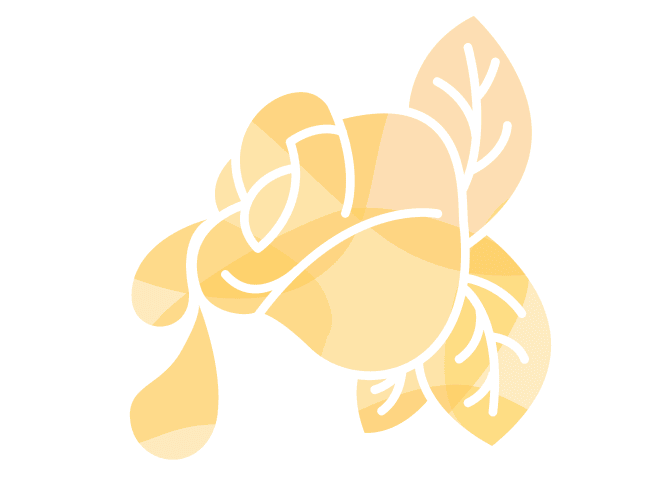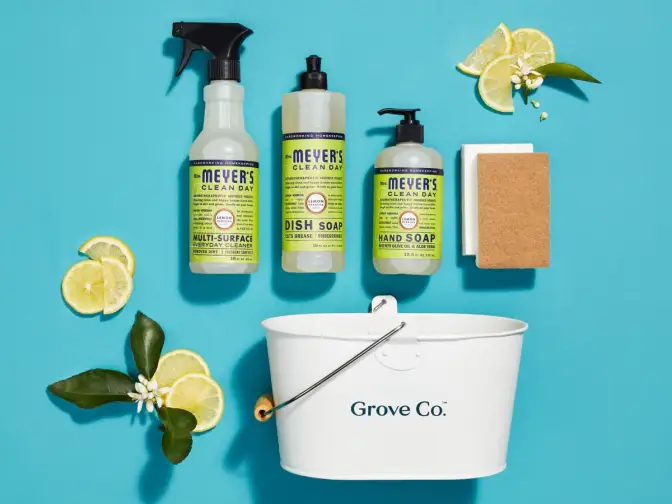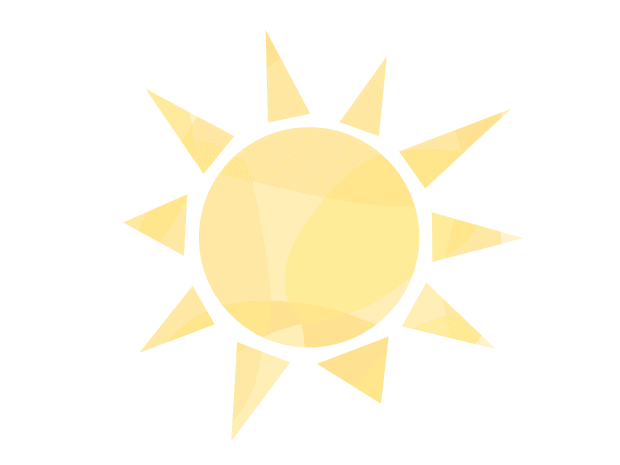A quick Google search for PMS shows an image of a woman in pajamas sitting on her sofa, resting her head on her knee. She’s surrounded by pillows and a quilt is wrapped around her belly. A laptop is half open in front of her and she just paused her favorite true crime series to stare sleepily into space after taking a bite of a giant glazed donut.
If that’s not an accurate representation of how PMS feels, we don’t know what is. If you have ever had a period, you’ve probably had to deal with this delightful little affliction at some point in your life too.
So what is PMS, what causes it, and most importantly, what can you do to ease the symptoms naturally?











